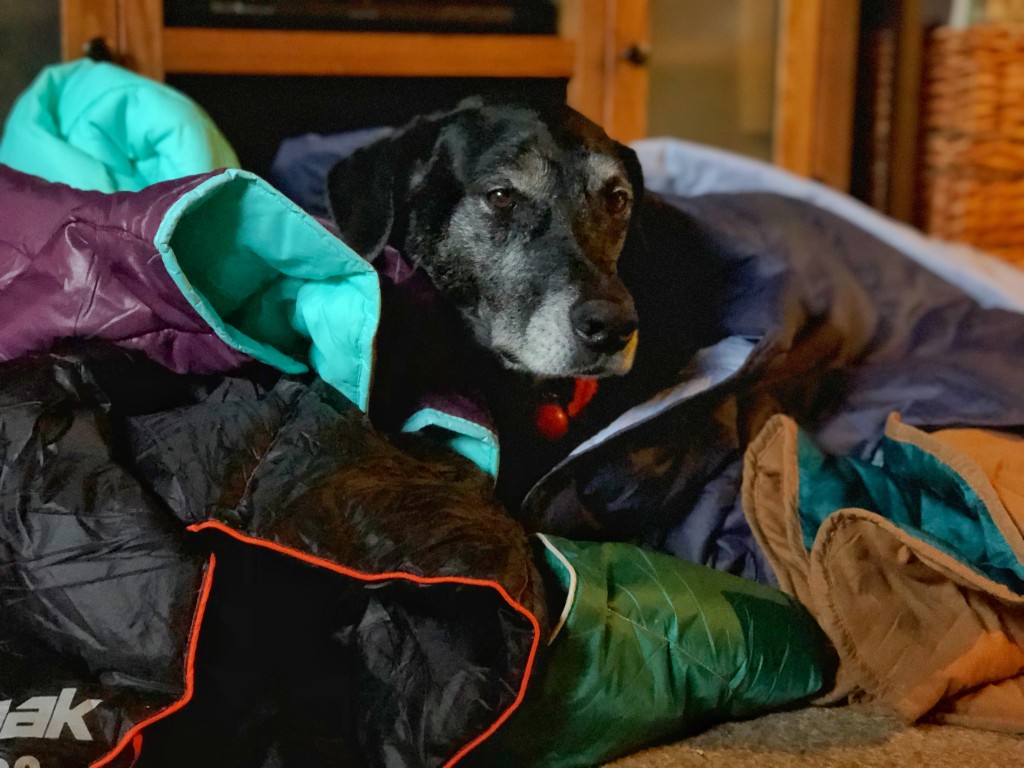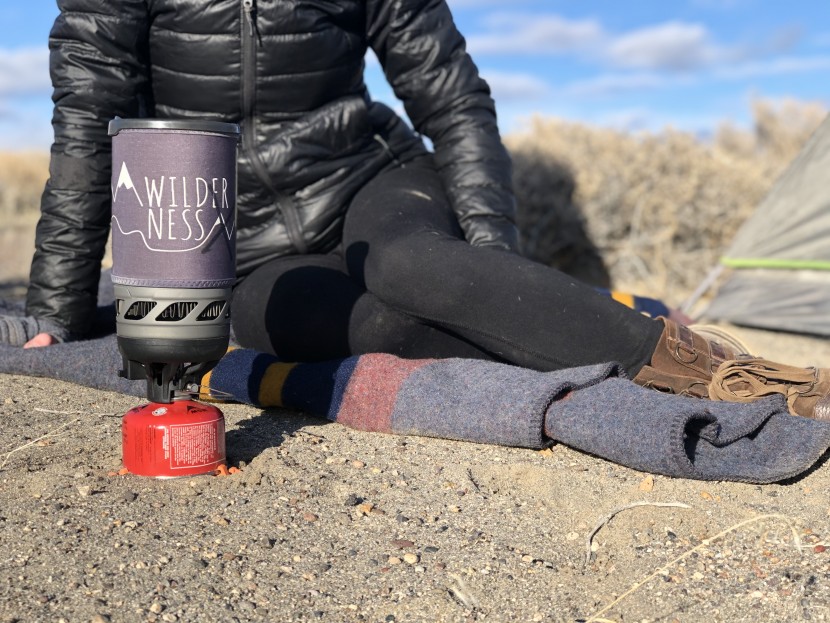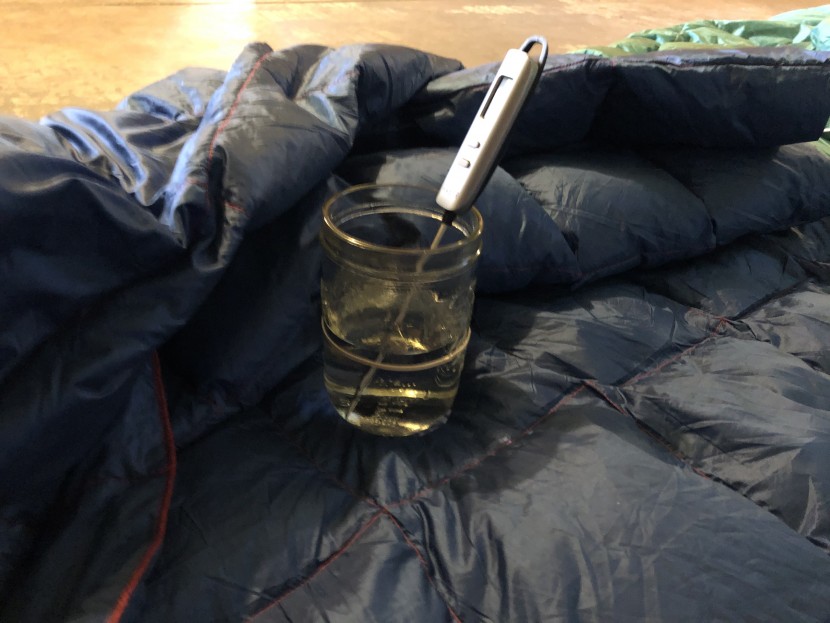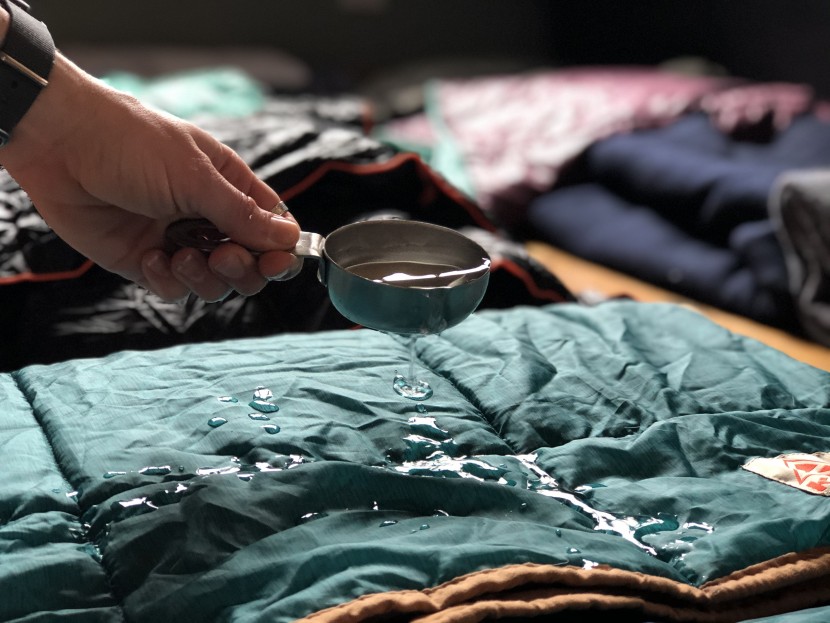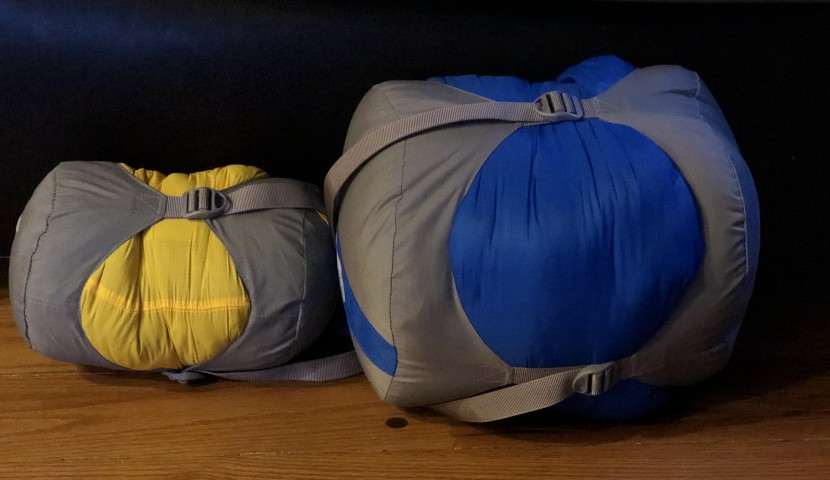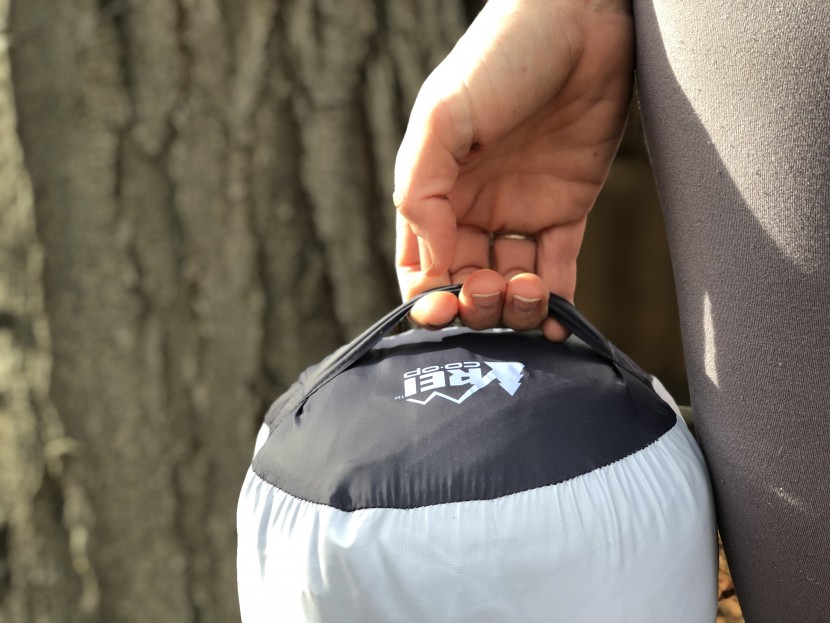Aside from being really comfy for several months of testing, we employed several real-world and lab-based tests to tease apart the differences between these cozy covers. Our crew of cold-weather adventurers and couch snugglers thoroughly tested every blanket across all metrics, both indoors and out, in all kinds of conditions. No blanket was left unturned during this process.
Comfort
First, we considered what each blanket is made of, and then put it directly against our skin to see how it feels. We laid on and under blankets, outside and in, in variable temperatures to see which ones are consistently comfortable and which ones make you feel sweaty or stay chilly-feeling for too long. We gauged the weight-feel of each blanket and measured each model's size. We laid in them, burritoed ourselves, covered dogs, sat in chairs and on the ground, and walked around with each one to evaluate the range of their comfort.
Warmth
We first did a bit of research to find what each manufacturer claims is the insulation and fill of each blanket and to see if they have set a recommended temperature rating. We looked at usage claims, like “can replace your sleeping bag” or “repels water”, and put those to the test. We performed insulation testing under controlled conditions, placing a cup of near-boiling water into a glass jar that was wrapped up in each blanket to record heat loss over time. And of course, we took them camping, tailgating, to hang at the park, watching movies on the couch, and to wear in the snow to see how warm they feel.
Versatility
To test versatility, we looked at the conditions each blanket is designed to handle and went for it. For those with DWR finish, we let water sit on them; we noted if the water soaked into the blanket and how many layers it went through. We set them on wet ground and sat on them to see if it soaked through. We tried them in different conditions and for various activities to see how well each can cross over, or if they're best suited for a specific use.
We considered extra features that may affect this, like the ability to turn the blanket into a poncho and how well that worked. We also analyzed the durability of each blanket by getting dirty, being dragged over snagging vegetation and having clawed family members trample them. We took note of care instructions for each model, and for those that claim to be washable at home, we tried it. To expand our testing pool, we also scoured the internet for additional user concerns and comments.
Packed Size
We weighed each blanket (dry) to see which ones make better travel or qualified as backpacking candidates. We also packed them all into the same size compression sack to see just how small each could become. We examined the stuff sack of each one, if they came with one, and measured how big each cover is in its included bag. We also compared the bags themselves to see which are easy to use but remain bulky, which can be compressed, and which are less than ideal to stuff the blanket back into. When we put the whole picture together, we concluded which ones are worthwhile for backpacking, which are easy to travel and camp with, and which are best for staying at home.
Features & Design
This metric encompasses all the rest of the little features and characteristics of each blanket that aren't already measured and evaluated in other categories. We checked out loops, tie-downs, pockets, and buttons. We snapped snaps, clipped clips, and zipped zippers. We scrutinized pockets and considered impressive overall dimensions and shapes and how they add to or detract from the blanket's overall usability.
We spent a great deal of time snuggling in, carting around, giving to dogs, and generally using and abusing these camping covers to get a complete picture of each one. We hope that our rigorous testing methods help you find your best blanket without all the struggle we went through.

